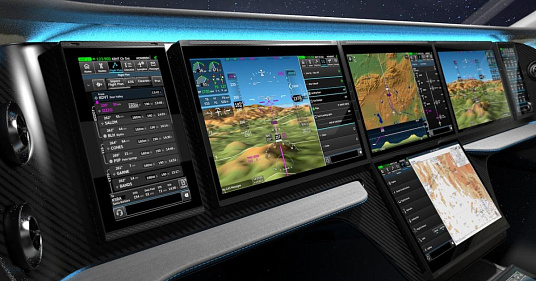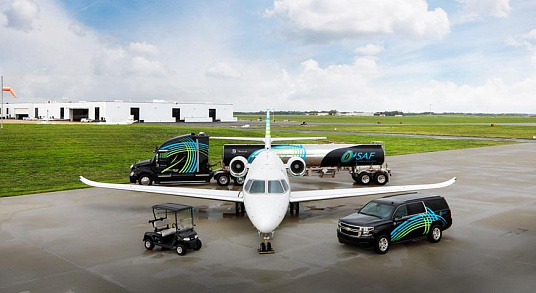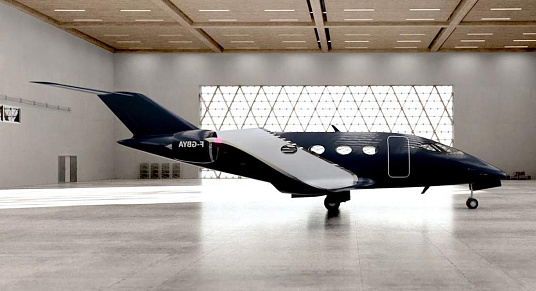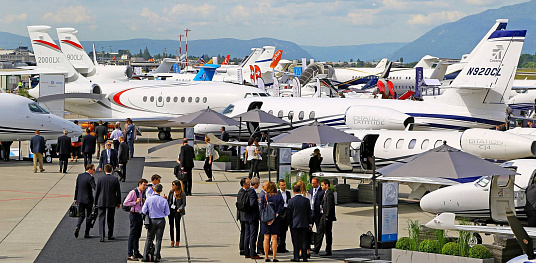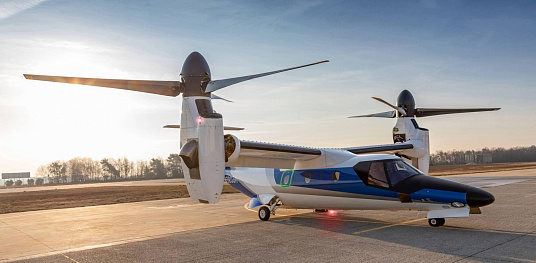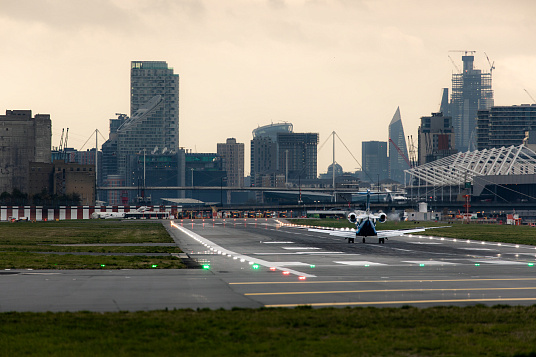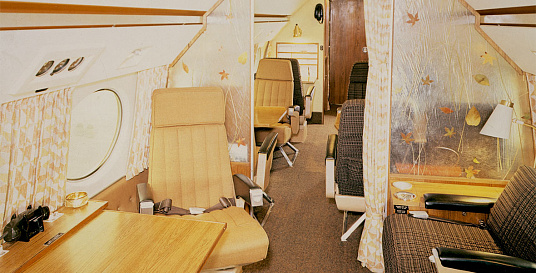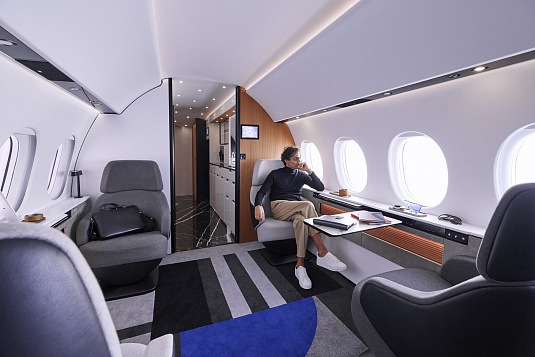22.01.2016
Новости
Spatial disorientation could have led the pilots of an ill-fated Tatarstan Airlines Boeing 737-500 to perceive that the aircraft was flying inverted as it dived towards the ground.
The crew had been attempting a go-around, in darkness, at Kazan on 17 November 2013.
Russia’s Interstate Aviation Committee (MAK) says the captain probably had the impression that the missed approach was being conducted automatically, not realising that the autopilot had disengaged. This impression might have arisen, it states, because the underslung engines of the 737 would have generated motion similar to that created by an automated go-around.
The first officer had been pre-occupied and was not monitoring the aircraft’s parameters during the initial phase of the go-around.
For the first 25s of the go-around the captain made no definite control inputs. Flight-data recorder information shows the first evidence of specific action came just 18s before impact, the captain pushing forward on the control column as the aircraft’s pitch increased to 25°.
The 737’s nose lowered but the captain continued to push on the column, putting the aircraft into a 20° nose-down attitude at 2,200ft above ground – the jet having breached the height specified for the go-around procedure. It began descending at more than 5,000ft/min.
Analysis by the UK’s Air Accidents Investigation Branch, aimed at assessing the effect of somatogravic illusion, concluded that the crew could have perceived that the aircraft had inverted as it transitioned rapidly from climb to descent.
MAK adds that this sudden change could have momentarily generated a disorientating sense of weightlessness, causing loose items as well as dirt and dust to float freely in the cockpit.
Simulation of the accident indicates that the last possible chance to recover from the dive passed about 5s before impact, when the aircraft was at a height of around 1,900ft and pitched 40° nose-down.
The aircraft would have lost around 1,600ft in such a manoeuvre and been subjected to forces of 3-3.5g, but could have pulled out of the dive about 200-300ft above the ground, says MAK.
But the loss of situational awareness by the crew, and the possible influence of somatogravic illusion, meant that no such recovery was attempted.
Sink-rate and ground-proximity warnings did not spur the pilots to try to pull out of the dive, says MAK, but instead resulted in the “completely opposite” effect, with the control column being pushed further forward. Simulations showed the applied effort was more than 22kg.
Forces generated by the increasing dive angle and rate of descent could have prevented any possibility of the first officer’s taking control of the aircraft from the captain. The jet was 75° nose-down at the point of impact.
MAK has detailed the results of tests on 11 Boeing 737 pilots of varied experience – drawn from five Russian carriers – intended to examine their ability to cope with a go-around under pressured conditions.
These tests, carried out in December 2014, showed that only one-third of the pilots completed the missed approach procedure correctly. The exercise also revealed that the pilots had difficulty in answering questions relating to the logic of the autopilot, flight-director, and auto-throttle during an approach and go-around.
“This reflects both a lack of the necessary level of knowledge, and a gap between theoretical knowledge and practical skills,” says MAK.
Читайте также

